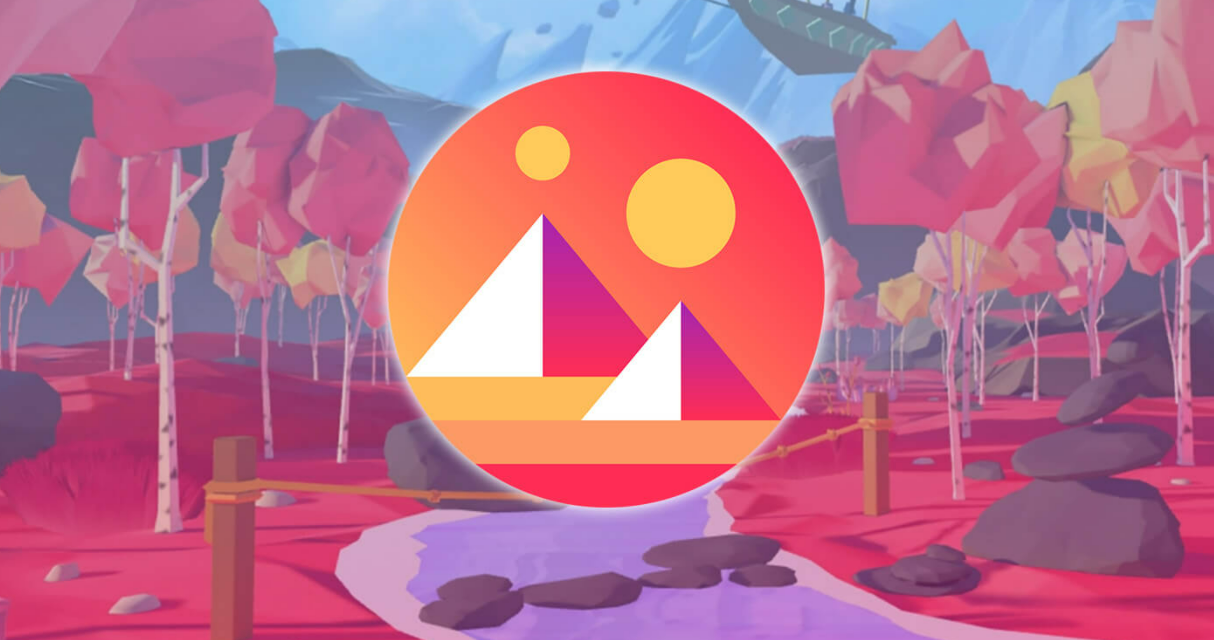The Decentraland platform’s definition, essential features, and advantages
The Metaverse’s growth has considerably improved the virtual reality (VR) industry’s potential. The Metaverse might lead to the establishment of a complete digital world of linked, interoperable VR places, rather than separate VR apps for training or virtual displays.
Users will be able to travel in and out of various areas with a constant feeling of identity, physics, and lasting interactions, just as they would in the real world.
In terms of monetization possibilities, Goldman Sachs estimates that the Metaverse might become a $8 trillion opportunity. Users who are reluctant to make purchases or conduct transactions via standard digital channels might instead employ VR experiences if the future spatial communications platform becomes that interesting.
According to a poll conducted by e-commerce business Obsess in 2022, virtual shopping might increase conversion rates by up to 70%. Companies are seeking to construct platforms that put the future notion of a Metaverse into reality in order to tap into this potential, with Decentraland making the greatest headway.
Decentraland’s Definition
Decentraland is a 3D virtual environment that allows users to produce content, explore places, and exchange cryptocurrencies without having to rely on a single, centralized body.
It was launched in 2017 by Ari Meilich and Esteban Ordano, an Argentinian couple that spent two years developing the platform. Since then, Ari Melich has created another firm, Big Time Studios, which creates NFTs for virtual reality games.
Decentraland’s 6 Most Important Features
- Decentraland is distinguished by the following distinct characteristics and capabilities:
- It is a decentralized system.
- Decentraland is totally decentralized, owned and administered by its own governing body, the Decentralized Autonomous Organization, as the name implies (DAO). The DAO is made up of all Decentraland users who are in charge of all significant decisions.
- It is a commercial and trade zone.
- Investors are mainly familiar with Decentraland because of its high-value cryptocurrency, MANA, which allows investors to buy property and the DAO to determine how to utilize the coins for development projects in the virtual reality environment. NFT exhibits are held on the platform on a regular basis to sell and trade high-value products.
- It’s a virtual reality app for socializing.
Decentraland is a social VR app at its heart. Users may participate in a variety of multiplayer games, concerts, learning sessions, and other activities, and Decentraland has its own event calendar. Users may also use Decentraland to hold an event by constructing a custom virtual environment for guests.
- It’s a tool for making things.
Users may imagine, create, and construct their own 3D things and experiences with Decentraland’s integrated Builder tool. You may enter competitions by creating simple settings and artwork, while skilled artists can use Decentraland to construct whole VR games. Decentraland, in this sense, is a competitor to Meta’s Horizon Worlds. - It sells virtual reality real estate.
Decentraland real estate is exceedingly valuable, sometimes selling for millions of dollars. Even the smallest plots sell for $10,000 to $15,000, with the highest price reaching $2.4 million in November of last year. - It is based on the blockchain system.
Decentraland’s decentralized character stems from its blockchain-based design, which employs Ethereum to track all transactions, maintain wallets, and power non-fungible currencies (NFTs). All digital assets are registered in Ethereum, which also serves as MANA’s basis.
In Decentraland, What Can You Do?
Decentraland’s popularity among customers and end-users may be attributed to a number of factors. As of December 2021, it has roughly 300,000 monthly active users (MAUs) and 18,000 daily active users (DAUs), which is substantial given that the Metaverse is still a relatively new idea.
Users may do the following in Decentraland:
- Explore virtual reality worlds with pals – Users may join Decentraland as 3D avatars and begin exploring the many worlds established by the community.
- Build content – The Builder tool in Decentraland allows you to create basic content, and you can also download the SDK for more complex features.
- Make money – You may earn money by playing video games or selling real estate. There are a variety of casino games where you may win cash rewards, as well as freelancing options for players, such as wearable development, where designers can open their own wearables shop.
- Attend events – Decentraland hosts a variety of major events showcasing the world’s top artists and galleries, such as Sotheby’s. In March 2022, a Virtual Fashion Week is also planned, which will be staged on property owned by the same business that bought it for $2.4 million last year.
- Buy stuff – Decentraland includes a wide marketplace of digital assets, such as real estate, shapes, and even names, that you can buy with MANA, with a value determined according on the item’s scarcity.
What Are the Advantages of Decentraland?
VR experiences are transformed by platforms like Decentraland, which make them more coherent, naturalized, and multi-faceted. Users may play a game, meet other users within the gaming environment, transfer to another VR location, such as an event, reconnect with the people they meet, and express themselves via personalized avatars, where each aspect of customisation, from a hat to a sweater, is given a value. In other words, it uses virtual reality to reproduce the dynamics of the actual world.
Another advantage of Decentraland is that it is not owned or run by a single person, corporation, or institution, but rather by everyone who joins the platform and contributes to the digital economy via frequent votes and elections.
For example, a poll asking “Should wearables featuring firearms be allowed?” is presently ongoing. “Reject all weapons in wearables,” the majority of respondents said.
This is why other firms, like Meta Platforms and Microsoft, are working on their own Metaverse, although Decentraland has first-mover advantage.

